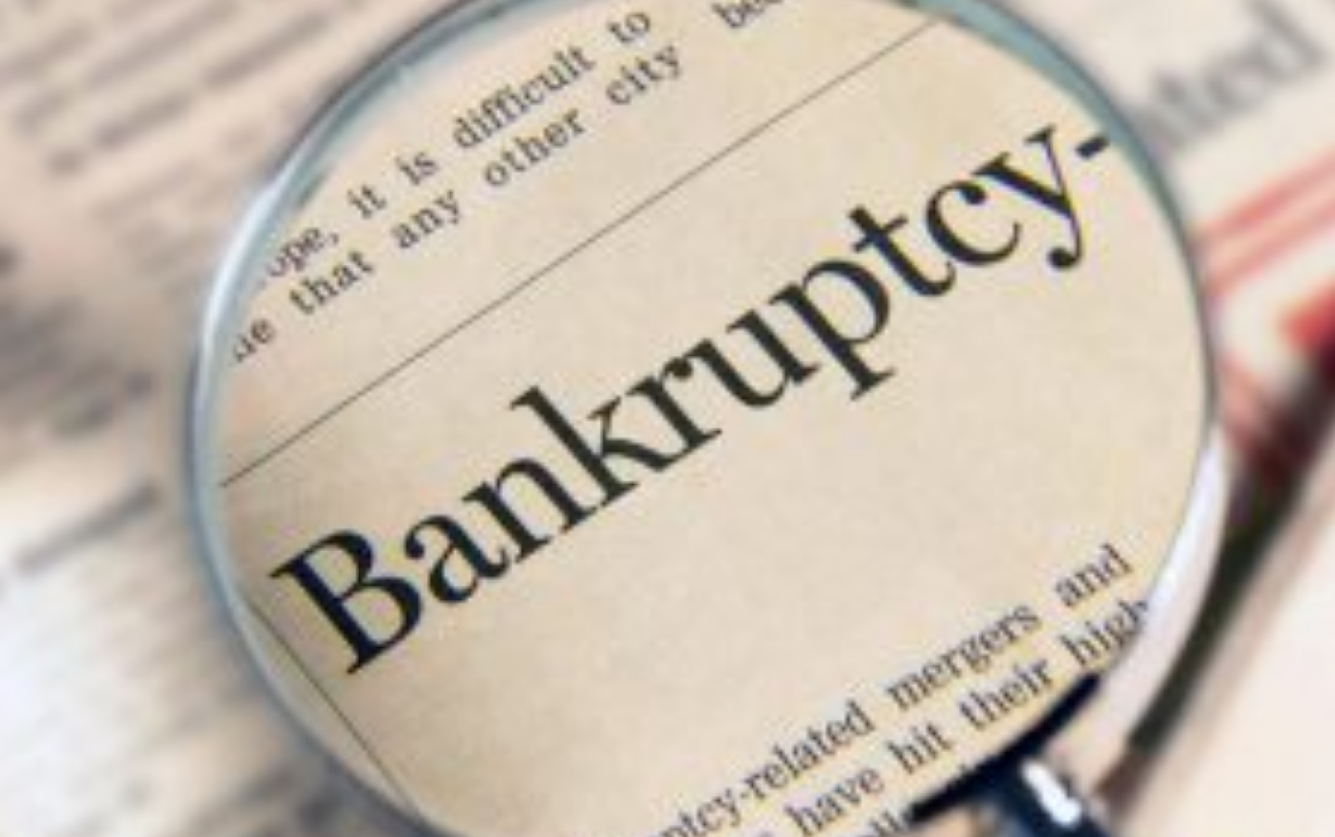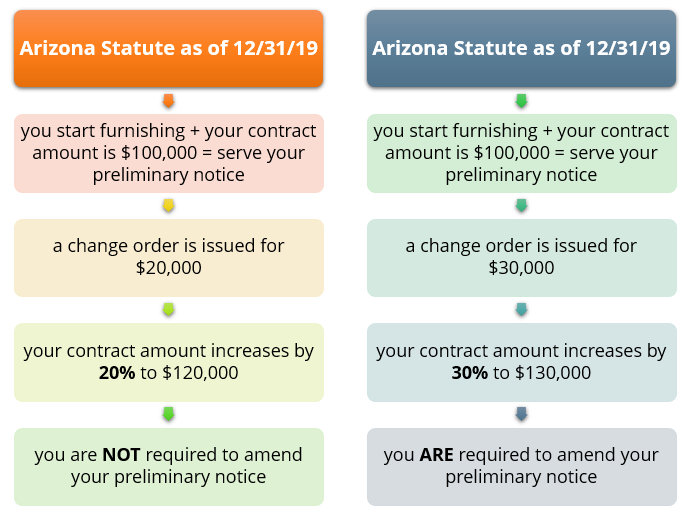
How to Know Which Is Best for Your Business
Have you found yourself in a construction dispute, trying to decide whether the dispute warrants trips to court for lawsuit litigation? Have you also wondered whether arbitration or mediation will quell tempers and resolve payment issues, while avoiding costly litigation? Then you may be interested in an article we shared via social media this week: Finding the Right Tool for the Job – Resolving Construction Disputes with Mediation or Arbitration, by Patricia L. Morrison and Theron Davis.
Mediation & Arbitration, We’ve Discussed Before
Mediation and arbitration have appeared in our blog before. In fact, in January we discussed the differences between arbitration, mediation, and lawsuits.
As a quick refresher, mediation and arbitration are two forms of alternative dispute resolution, where a neutral third party is present to facilitate resolutions. What is the primary difference between mediation and arbitration? One allows the third party to issue an enforceable (and appealable) decision regarding the dispute.
In mediation, the third party is there to facilitate discussions, not issue a decision to resolve the dispute; whereas, in arbitration, the third party can issue an enforceable decision to resolve the dispute. It’s important to note, in arbitration the arbitrator’s decision can be appealed, though it’s not commonly done.
While each dispute resolution process has its pros and cons, here are a few more items to consider, as outlined by Morrison & Davis in their article.
1 – Time.
According to Morrison & Davis, mediation tends to be easier and quicker than arbitration. Here’s why arbitration typically takes longer: “…arbitration hearings usually last much longer than mediations, require a considerable amount of planning and preparation, and often include some litigation-type steps such as the exchange of documents, possible examinations for discovery, and the preparation and exchange of expert reports.”
2 – Money.
Based on the amount of time and work that goes into arbitration, it’s not surprising to hear that mediation is often less expensive.
3 – Business Relationship.
This is an excellent point to consider: do you want to preserve the business relationship? “The biggest advantage of mediation over arbitration is that it avoids the adversarial process and, therefore, may preserve the business relationship. If the parties choose to do so, mediation can focus more on the business interests of the parties than on their legal positions. The parties are able to meet in a neutral environment, with an objective mediator, and concentrate on creating a solution to their dispute. The mediator will assist the parties in identifying the strengths and weaknesses of their positions while discovering the underlying interests at the heart of the dispute.”
4 – Control.
Morrison & Davis state that mediation allows for more control over how the dispute is resolved. In mediation, because the third party can’t issue a decision, the two parties must work together to come to resolution – they need to agree upon the resolution. As opposed to arbitration; when the arbitrator issues its decision, it’s quite possible that one or both parties are unhappy with, but bound to, the result.
As you may have noticed, Morrison & Davis seem to prefer mediation over arbitration. I can certainly see why. Mediation appears to be more relaxed/less formal. If I need to resolve a payment issue with my customer, and I don’t want to kill our relationship, I would be inclined to select mediation. I picture arbitration as the solution when my customer is refusing to communicate, making threats to pull business, in other words, kind of being a bully.
Best Practices for Success in Mediation & Life in General
Morrison & Davis provide a solid list of best practices on how to increase the likelihood of successful mediation; here are a few of the highlights:
- Make an effort to understand the other side’s position
- Ensure there is sufficient information and be prepared to discuss technical issues
- Maintain a flexible attitude and open mind about your settlement options
Turns out, these may be excellent best practices for everyday business interactions – even life in general. Catch you next week!










